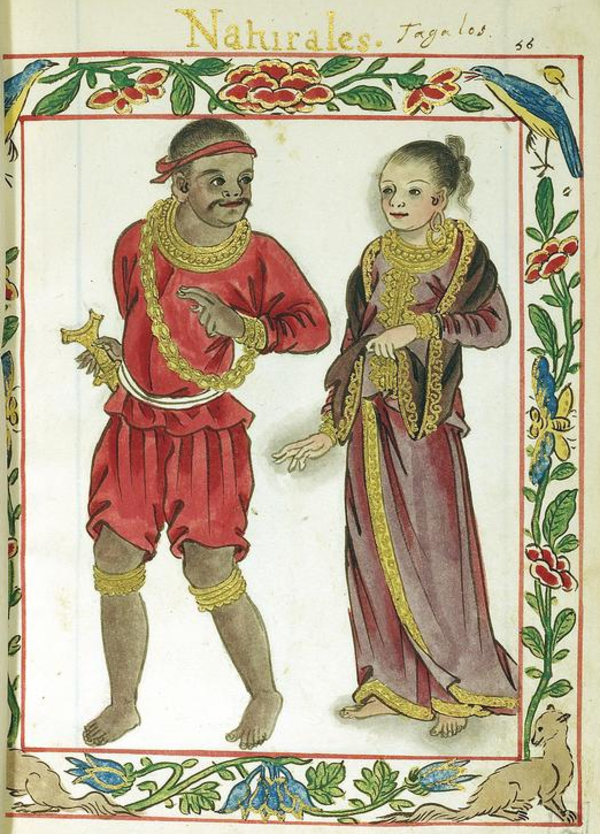Barangay States
In ancient Philippines, from around 200 BC, the country’s indigenous people began to increase their contact with other nations in Southeast and East Asia, resulting in the establishment of fragmented city-states formed by complex sociopolitical units known as barangay or barangay states. This has long been considered the main organisational pattern that was present throughout the early history of the Philippines.
Many theories and local traditions suggest that barangays were coastal as a result of their foundation of trading, although this also provided the benefit of delivering a constant food supply in the form of fish. Their proximity to water also provided practical benefits in terms of bathing.
The first barangays started as relatively small communities of around 30 to 100 families, i.e. a population varying from one hundred to five hundred people.They were complex sociopolitical units that really dominated across the many regions of the Philippine archipelago.
Anthropologist F. Landa Jocano defined the period of the barangay states’ dominance, approximately the 14th to the 16th centuries, as the 'Barangic Phase' of early Philippine history. Maritime Southeast Asia began to be integrated into wider trade networks in the early centuries of the first millennium, with the emergence of Barangay city-states and trade.
The Barangays were well-organized independent villages and in some cases, cosmopolitan sovereign principalities, which functioned much like a city-state.
Some of these large barangays - such as Maynila, Panay, Tondo, Cebu and Bohol - became so successful that they were integrated into larger cosmopolitan polities, dominated by recognised figures and aristocracy. These larger barangays are recognised by most historians as having already been established principalities before the Spaniards arrived in the 16th Century.

Each barangay was headed by a leader known as Rajah (or sometimes as Sultan or Datu) and took part in their own inter-island and international trade, visiting countries such as Borneo, Thailand, China, India and Japan. As a result barangays became increasingly homogenous, although the rise of Hindu-Buddhist culture and religion among noblemen meant many held largely the same beliefs. This was particularly true of the huge number of barangays that were held under the law and philosophy of neighbouring empires including Brunei, Javanese Majapahit and Malay Sri Vijaya.
The traditional barangay would consist of between 30 and 100 families, although some of the larger states had a population of more than 2,000. Despite their potential size, during this Barangic Phase of Philippine history, many of the barangays were incredibly mobile, able to transform from a settlement to a fleet and back again with relative ease.
Even the wood used by the indigenous people could be easily repurposed for use on land and sea. In fact the term ‘barangay’ is thought to have been derived from the word ‘balangay’, which was a plank boat used by various cultures in the Philippines to travel between islands.
MLA Citation/Reference
"Barangay States". HistoryLearning.com. 2026. Web.
